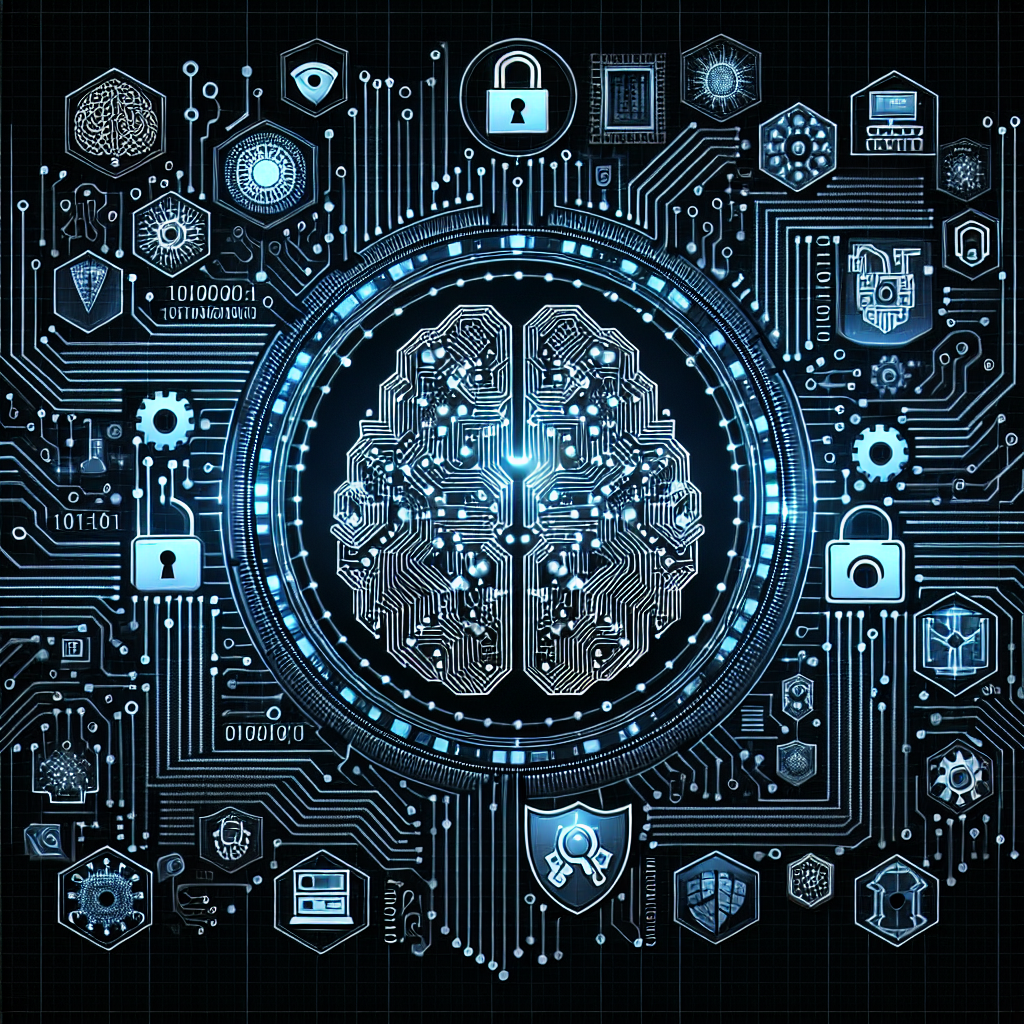Generative AI and Cybersecurity: Addressing Emerging Threats
In recent years, the field of artificial intelligence (AI) has seen rapid advancements, particularly in the realm of generative AI. Generative AI refers to algorithms and models that are capable of creating new content, such as images, text, or even music, that is indistinguishable from human-created content. While this technology has a wide range of applications, from creative arts to data synthesis, it also presents new challenges in the realm of cybersecurity.
As generative AI becomes more sophisticated, it has the potential to be used in cyberattacks in ways that were previously unimaginable. For example, attackers could use generative AI to create highly convincing phishing emails or deepfake videos, making it even harder for individuals and organizations to discern what is real and what is fake online. In addition, generative AI could be used to create sophisticated malware that can evade traditional cybersecurity defenses.
In response to these emerging threats, cybersecurity researchers and professionals are working to develop new techniques and tools to detect and mitigate the risks posed by generative AI. One approach is to use AI-powered tools to detect and analyze generative content, looking for telltale signs of manipulation that can help distinguish real content from generated content. This could involve training AI models to recognize patterns in generative content that are distinct from human-created content, allowing for more effective detection of malicious activities.
Another approach is to develop defensive AI systems that can automatically adapt and evolve in response to new threats posed by generative AI. By using AI to continuously monitor and analyze network traffic, for example, organizations can quickly identify and respond to suspicious behavior before it escalates into a full-blown cyberattack. These defensive AI systems can also be used to automatically update cybersecurity defenses in real-time, ensuring that organizations are always one step ahead of attackers.
Despite these efforts, there are still many challenges facing the cybersecurity community in the age of generative AI. One major challenge is the sheer speed at which generative AI technology is advancing, making it difficult for defenders to keep up with the latest threats. In addition, the widespread availability of generative AI tools and models on the internet means that even relatively unskilled attackers can now leverage this technology to carry out sophisticated cyberattacks.
To address these challenges, it is crucial for organizations to invest in training and education for cybersecurity professionals, ensuring that they have the skills and knowledge needed to defend against the latest threats posed by generative AI. It is also important for organizations to regularly update their cybersecurity defenses and protocols to incorporate the latest advancements in AI technology, such as machine learning and deep learning algorithms.
In conclusion, generative AI has the potential to revolutionize many aspects of our lives, from entertainment to healthcare. However, it also presents new challenges in the realm of cybersecurity, as attackers can now leverage this technology to carry out sophisticated cyberattacks. By developing new techniques and tools to detect and mitigate the risks posed by generative AI, organizations can better protect themselves against these emerging threats and ensure the safety and security of their digital assets.
FAQs
Q: What is generative AI?
A: Generative AI refers to algorithms and models that are capable of creating new content, such as images, text, or music, that is indistinguishable from human-created content.
Q: How is generative AI used in cybersecurity?
A: Generative AI can be used in cyberattacks to create highly convincing phishing emails, deepfake videos, or sophisticated malware that can evade traditional cybersecurity defenses.
Q: How can organizations defend against threats posed by generative AI?
A: Organizations can defend against threats posed by generative AI by using AI-powered tools to detect and analyze generative content, developing defensive AI systems that can adapt and evolve in real-time, and investing in training and education for cybersecurity professionals.

